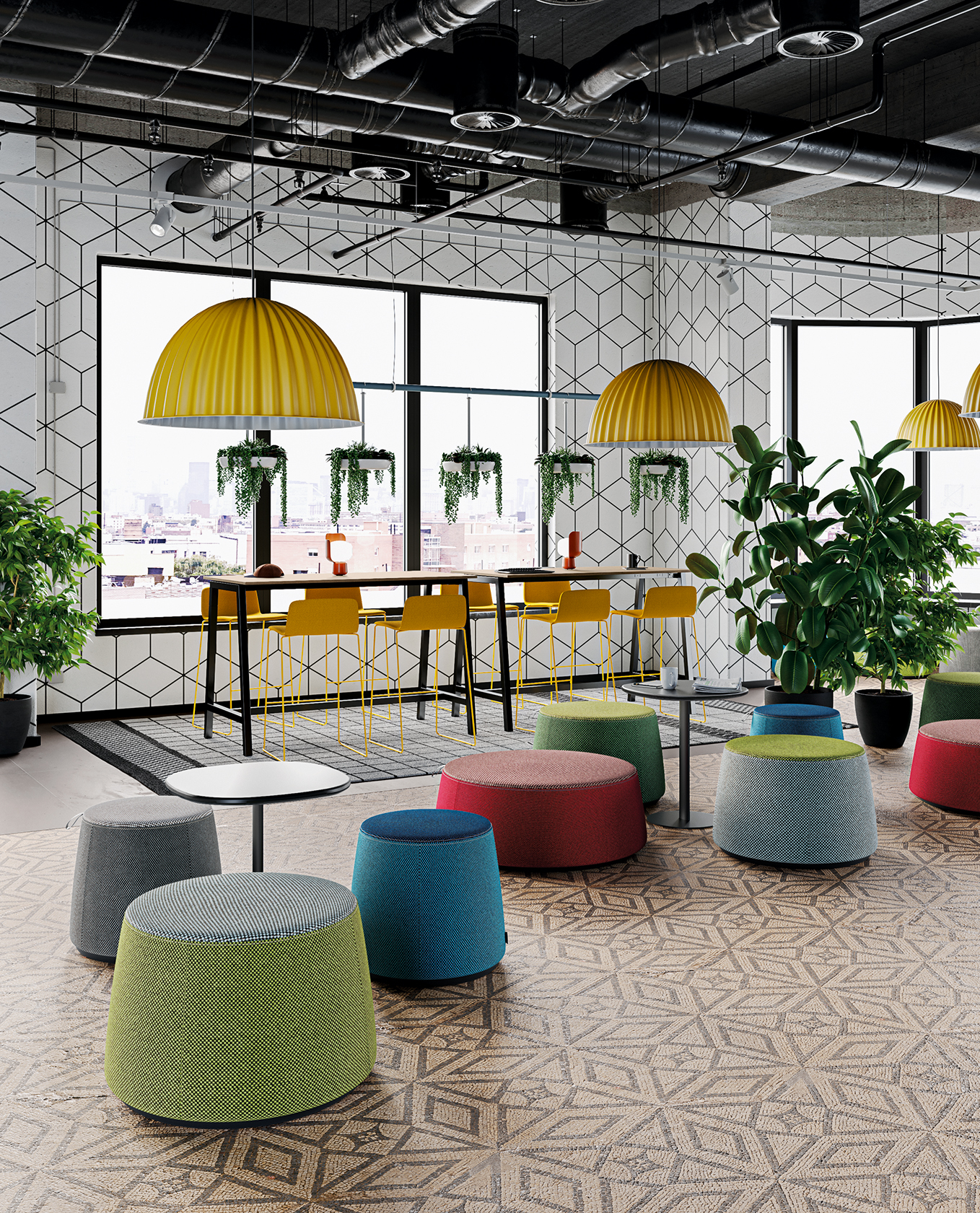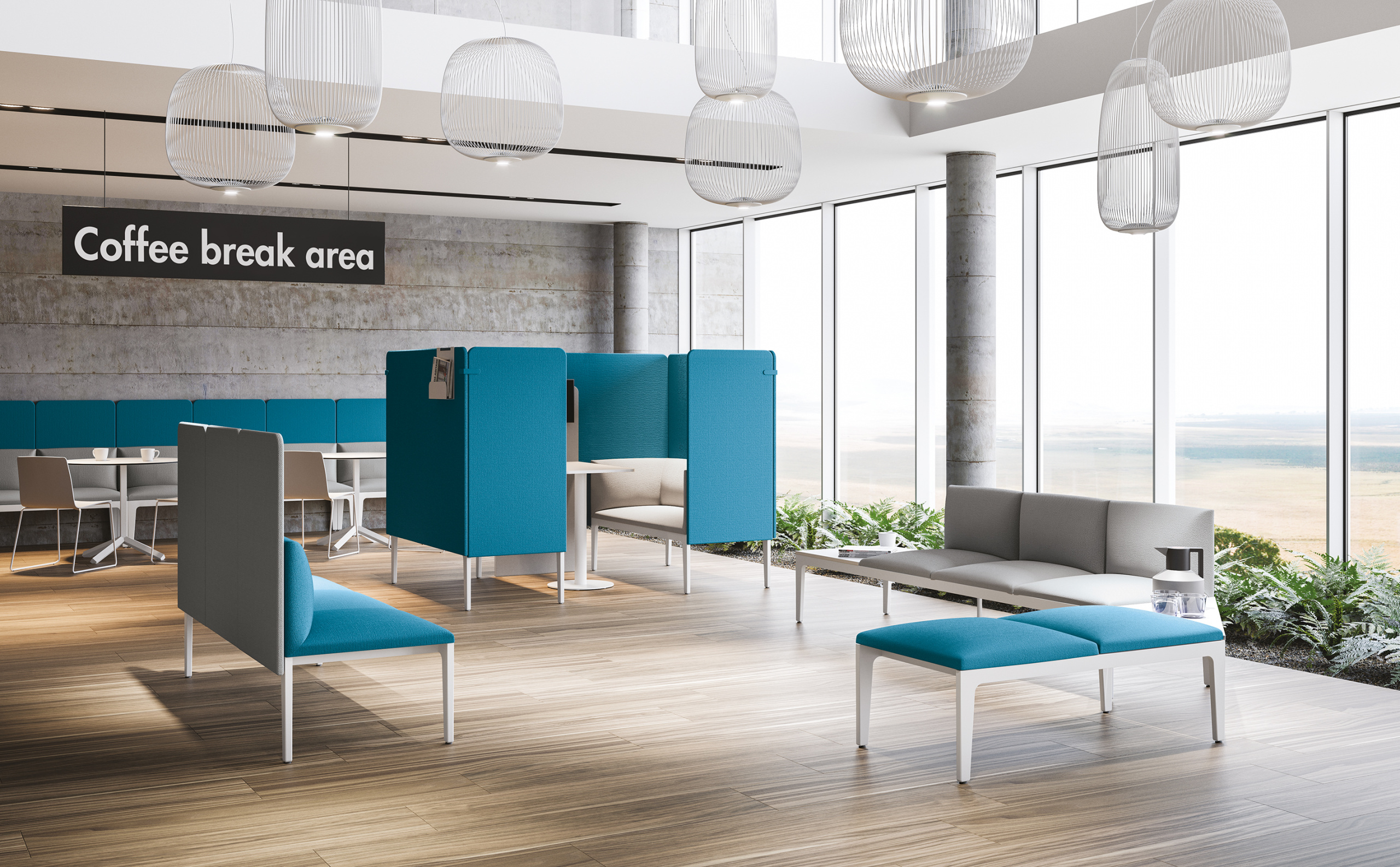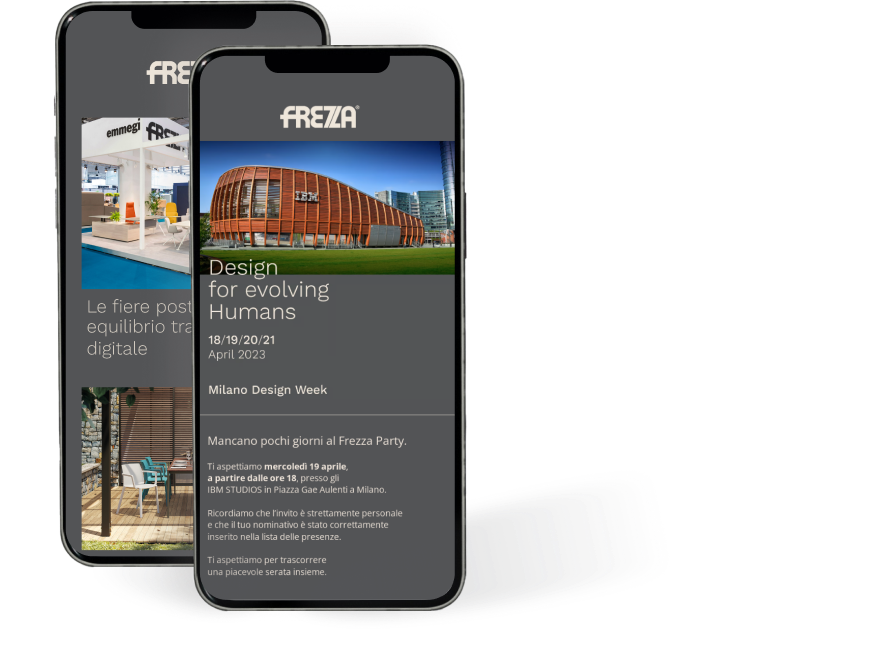RTO, or Return to Office. It may seem like an easy event to manage, but it’s not. Or at least not for everyone.
Companies with a large number of employees, where remote working has been going on for more than a year, face a challenge they have never faced before.
Today, the physical workplace must not only provide a very high level of health related safety, but must also be more attractive and appealing than the walls of one’s home. After an intense period of remote working the demands of workers have increased both in quantity and quality, especially in the most profitable markets. The time has come for them to move to companies that are better suited to their needs.
Not everyone agrees to accept the situation unreservedly, and the managements of many companies have publicly expressed their disapproval. James Gorman’s words, CEO of Morgan Stanley, have gone viral worldwide: “If you can go to a restaurant in New York, you can go back to the office”. Translated this means that if you’re not afraid to go into a crowded place in your free time, you can also do so during working hours.
While this may be a good idea, it also clashes with the desire of many employees to work in a empathic company that puts well-being first and is attentive to the needs of individuals.
Employees want to return to the office to collaborate, to exchange ideas and for the social experience. The need for discussion and physical connection will increasingly implement the creation of social and informal spaces. Added to this is a need for greater freedom, including in the work management.
These desires therefore translate into a demand for more elastic schedules and informal custom designed meeting spaces which are preferable to formal conference rooms.
Keyword: flexibility.
Entering the office should not only be a duty, but also a ‘pleasure’. The environment should make work more efficient, less stressful and encourage creativity and collaboration. There should be more areas for socialising, but also more private spaces. The furniture should be functional, but as beautiful and comfortable as at is at home.
It’s also true that workplace needs vary significantly by sector. To create a positive change the office will need to be designed by respecting the needs of its employees rather than by following an overlay of trends and assumptions.
The future office won’t only be perceived as a collaborative hub with flexible spaces there to work. Carefully evaluating the return to the office is an interesting broader point of view that reminds us that people have complex and diverse needs in the workplace.

RTO Strategy: a mix of trust and change of perspective
How can the workplace become more attractive?
It’s generally agreed that the perfect RTO strategy (Return To Office strategy) is based on a few key factors.
First of all, a relationship of mutual trust between employee and employer. According to a study conducted by neuroscientist Paul J. Zak, people who work in environments where there is a high level of trust are more productive and less prone to burnout.
On one hand, the company must give its employees confidence by introducing for example hybrid working or by allowing flexible working hours. On the other hand, the employee must ‘earn’ trust by doing his or her best.
The environment has to be 100% safe, revolutionised through a design that takes into account all the anti-Covid rules, as well as the needs dictated by the work of individual teams.
However we would like to mention that for some people the office is a place where to work alone with a designated desk. Companies in this case can look for solutions such as an easy-to-use reservation system for desk or offices, together with planned hygiene/cleaning protocols.
It’s also interesting to talk about the reasons that bring some people to strictly want to have a physical office. Perhaps it’s not a functional need but an unconscious desire to connect to the specific location or to claim an individual space within a larger context. Sometimes they simply haven’t considered how their ‘necessity’ could be met in alternative ways.
What is needed is a change of perspective for everyone, to see the office with new eyes.

